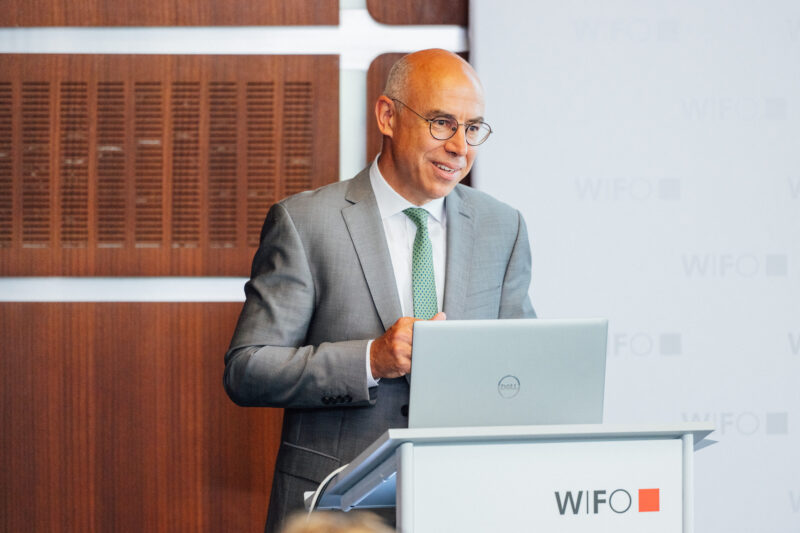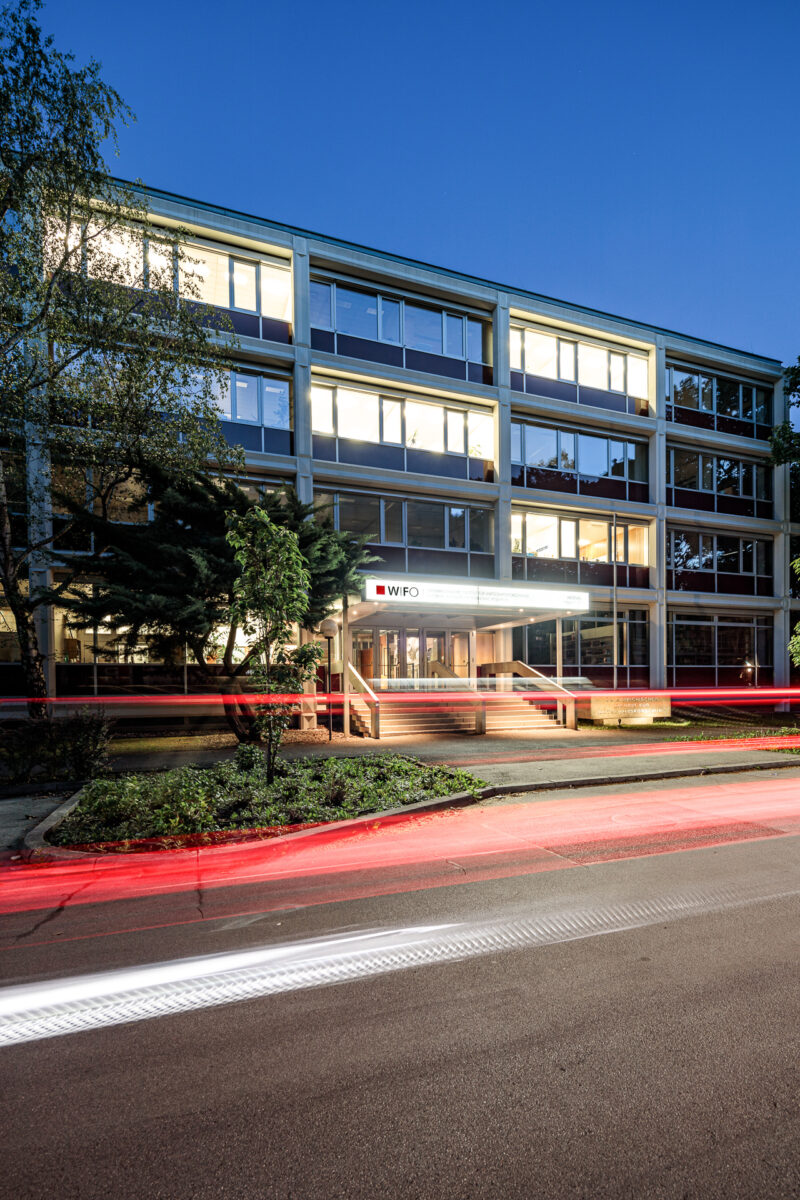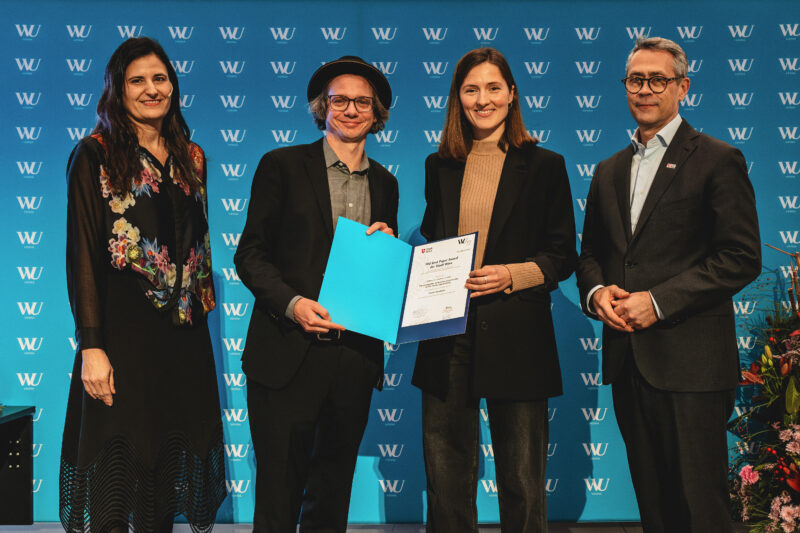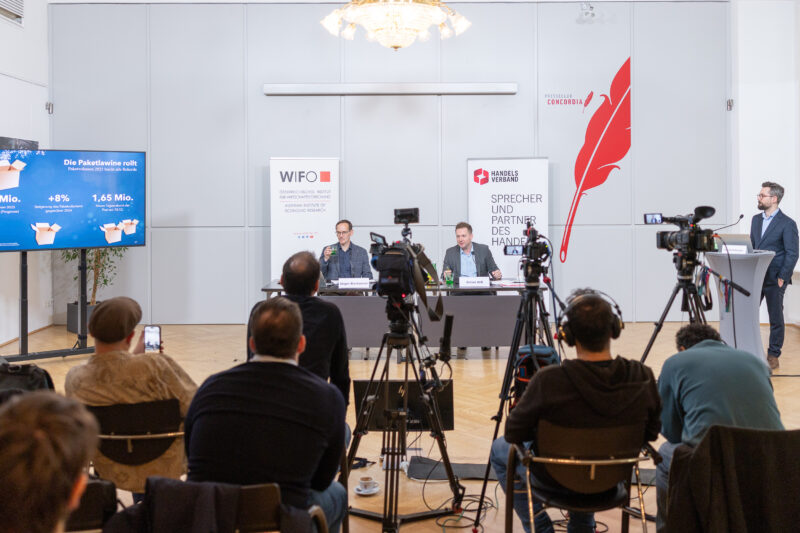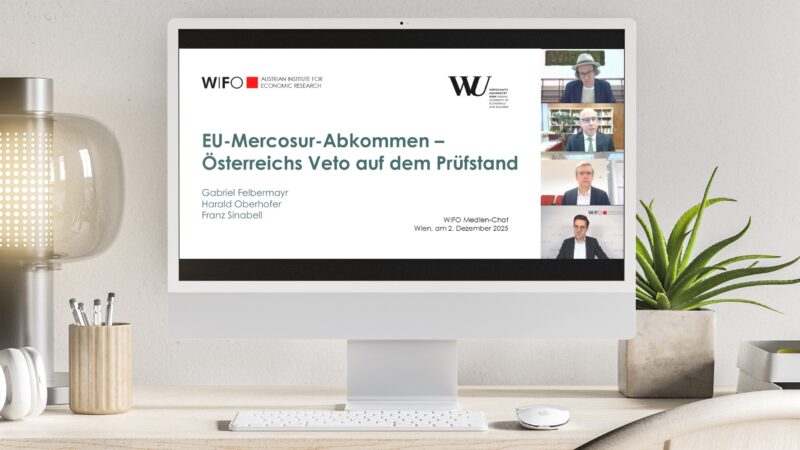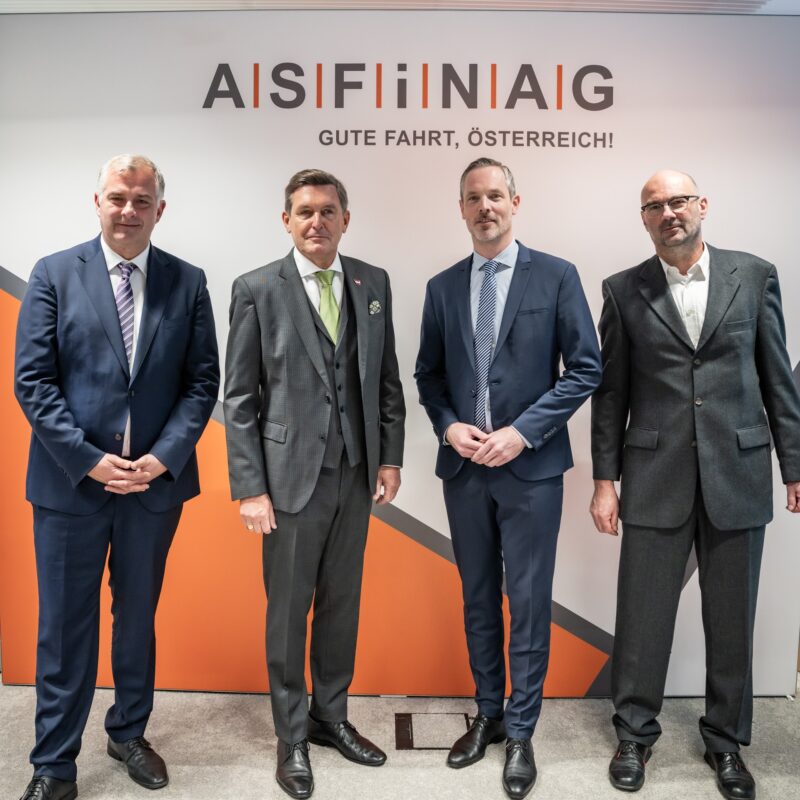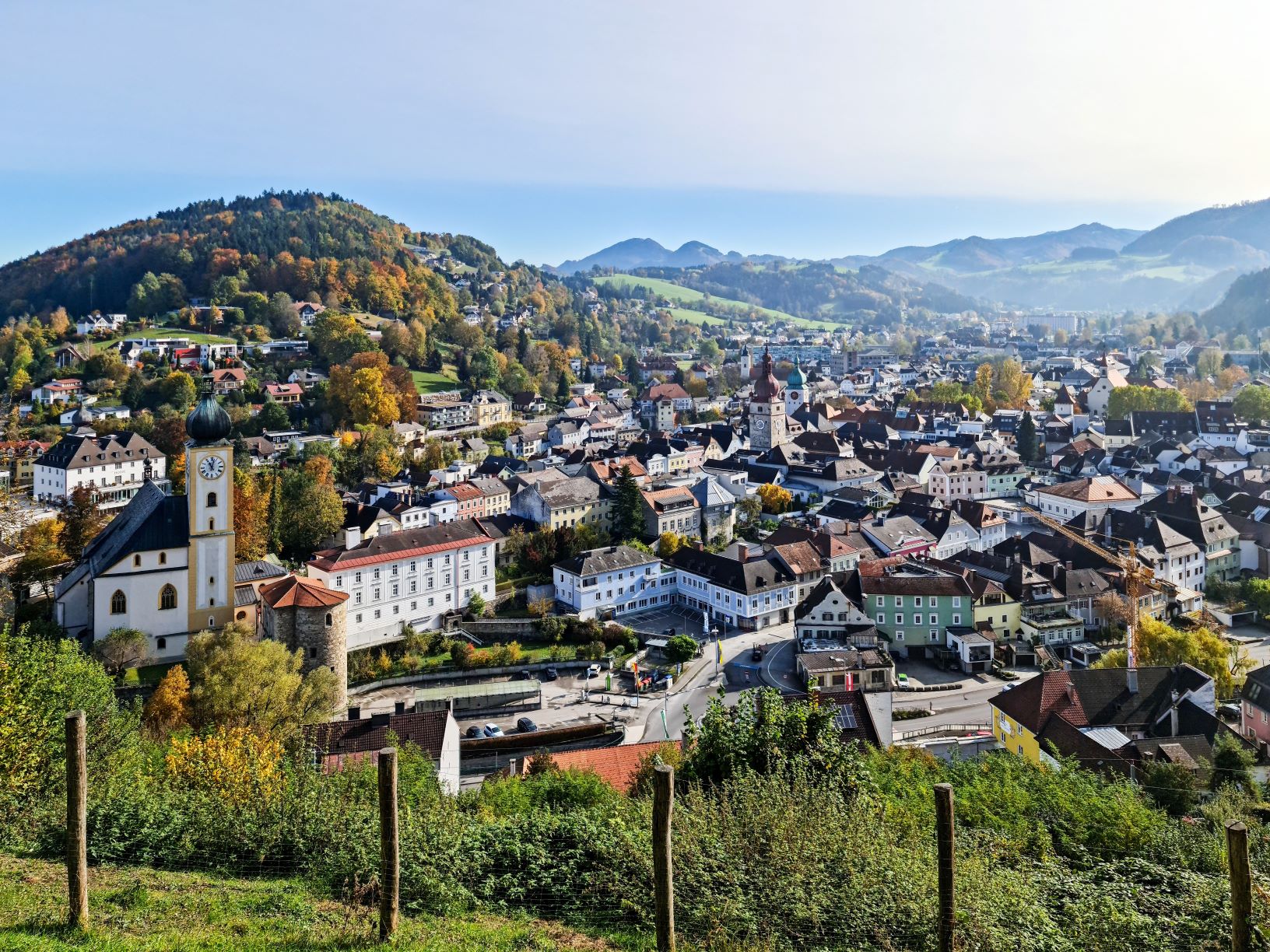
Such is Life in Austria's Municipalities
Please find here the interactive map of the local news network of "Regionalmedien Austria".
The 2019 update, published in May 2021, reflects the baseline situation immediately prior to the outbreak of the COVID-19 pandemic in spring 2020. "Many regions have been severely affected by the decrease in employment in 2020 compared to 2019. This has also affected the living situation in 2020. "WIFO will continue to monitor this development using the index," say Julia Bock-Schappelwein and Franz Sinabell.
The Living Situation Index already reveals the different living conditions between urban and rural regions or densely and sparsely populated areas as well as within rural regions. Peripheral rural regions are clearly different from the central rural areas surrounding centres.
Crisis in the Länder
WIFO's Research Group "Structural Change and Regional Development" first analysed the different economic impacts of the COVID-19 crisis in the Länder in April 2020. According to this analysis, more than two thirds of the Austrian workforce were employed in sectors that were significantly to very strongly affected. Tyrol and Salzburg were the most affected.
"After one year of crisis, this initial finding has been confirmed. The tourism-intensive provinces of Tyrol (–4.3 percent) and Salzburg (–3.3 percent), followed by Carinthia (–2.8 percent), recorded the strongest declines in the number of employed persons in 2020 compared to the previous year," says WIFO regional economist Julia Bachtrögler-Unger.
The decline in employment was also considerable in Vienna (–2.5 percent): while a special effect due to the transfer of about 3,700 employees from Vienna to Lower Austria also plays a role here, city tourism, which is heavily dependent on foreign guests as well as business travellers, has not yet been able to recover.
Vorarlberg and Styria (both –2.0 percent) form the midfield in the comparison of the provinces, while employment in Upper Austria (–1.4 percent), which has a pronounced specialisation in the manufacturing industry, declined comparatively little.Burgenland (–0.8 percent) and Lower Austria (–0.7 percent) experienced the lowest drop in employment. "It should be noted that short-time work prevented an even more unfavourable development of employment, especially in trade and the manufacturing industry," says Bachtrögler-Unger.




